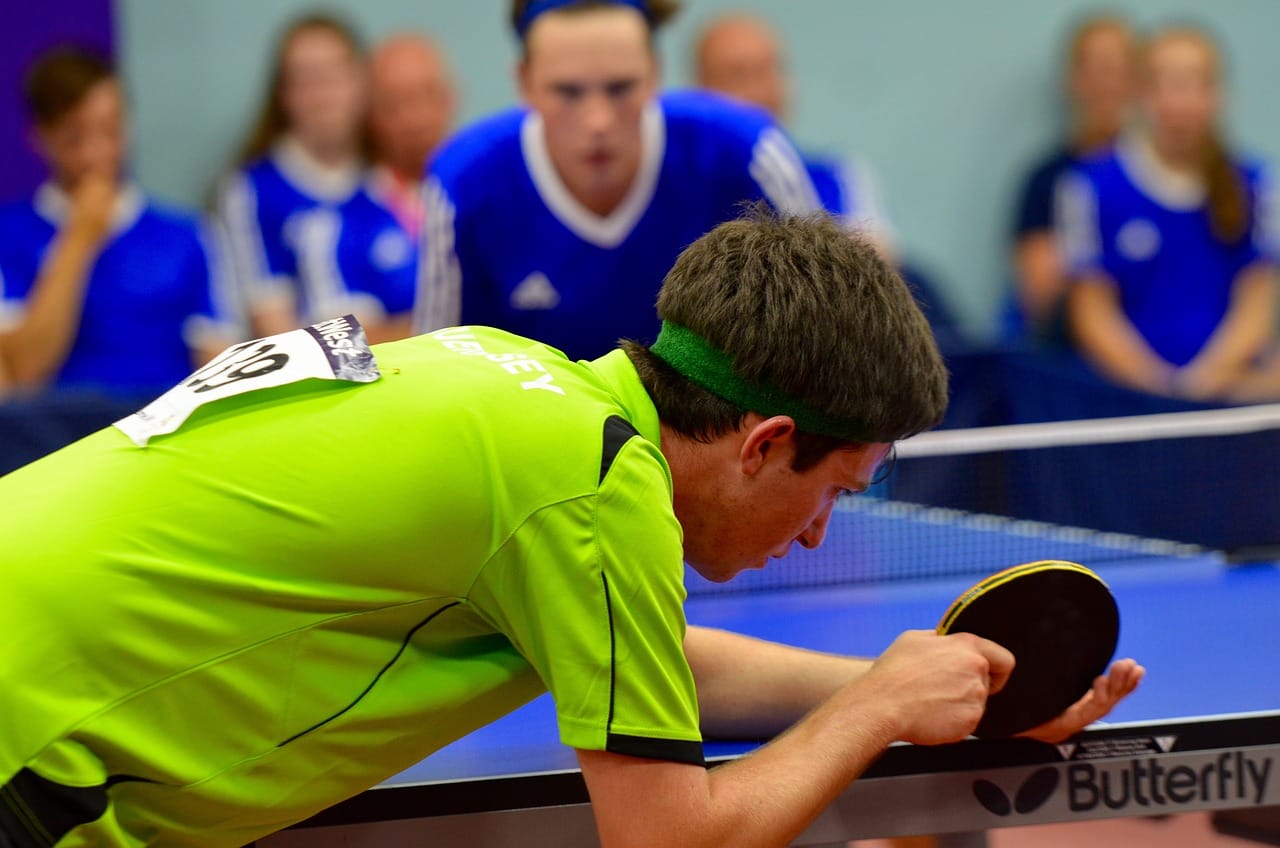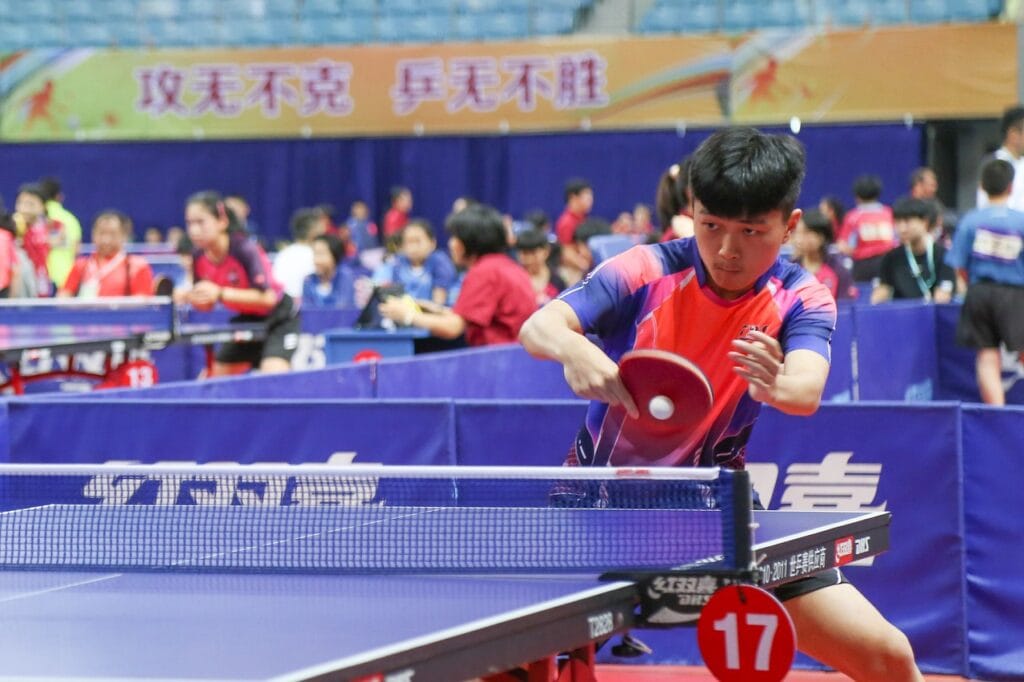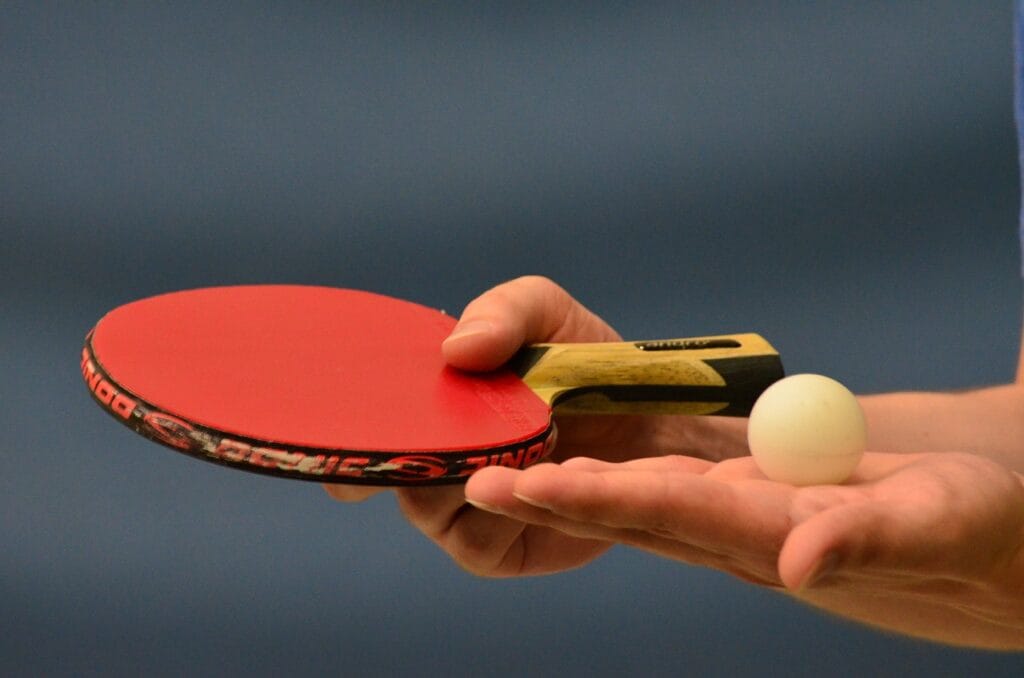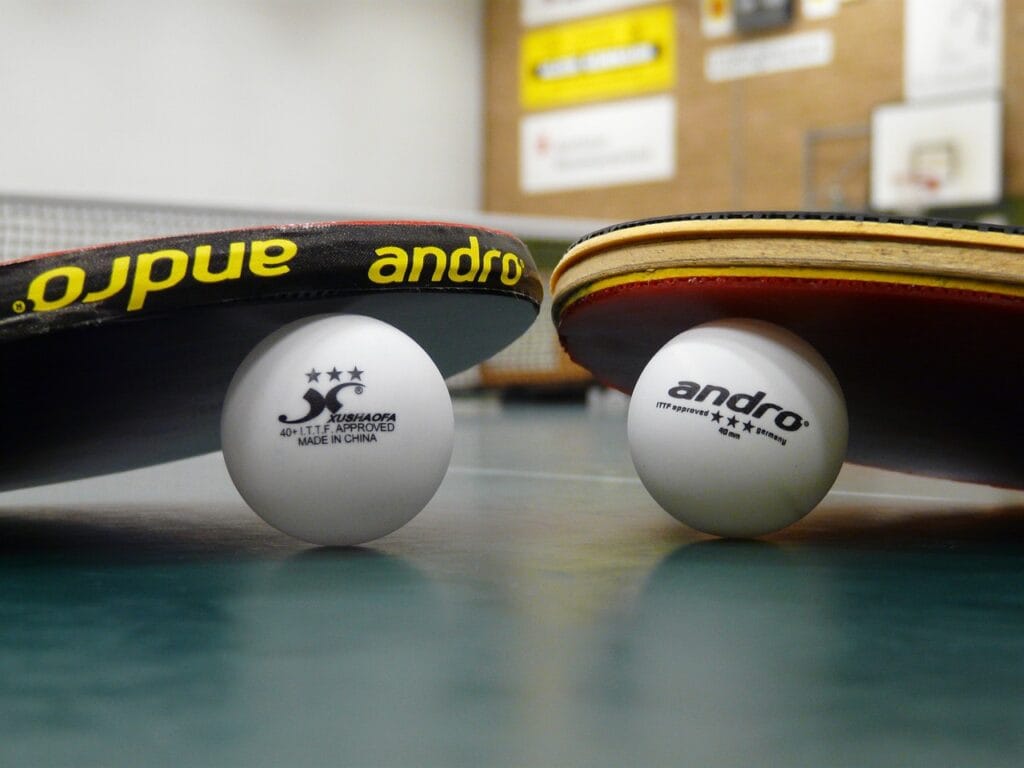Ping pong, also known as table tennis, is a fast-paced and incredibly popular sport played all over the world. With its origins in England in the late 19th century, ping pong has grown into an international sensation, with distinct variations in rules, customs, and techniques depending on where you play. Whether it’s the thickness of the paddle rubber or the grip players use, each country and region brings its flavor to the game.
In this article, we’ll explore the standard ping pong rules, dive into how they vary across different cultures, examine different playing styles, and even take a look at some of the strange and lesser-known rules that might surprise you. Whether you’re a casual player or a seasoned competitor, understanding the variety of rules can give you a deeper appreciation for the sport.
Standard Ping Pong Rules: A Quick Overview
Before we get into the global variations, let’s start with the basic ping-pong rules set by the International Table Tennis Federation (ITTF), the governing body for the sport. These are the rules you’ll most often encounter in formal competitions or recreational play.
- The Equipment:
- Table Dimensions: The table should be 2.74 meters (9 feet) long, 1.525 meters (5 feet) wide, and 76 cm (30 inches) high.
- Net Height: The net is set at 15.25 cm (6 inches).
- Ball: The ball must weigh 2.7 grams and be 40mm in diameter.
- Paddle: Players use a paddle, typically with rubber on both sides, which must be red on one side and black on the other.
- The Game:
- Scoring: A game is played to 11 points, and players must win by a margin of 2 points.
- Serving: Each player serves two consecutive points before switching servers. The ball must bounce on the server’s side and then the opponent’s side.
- Winning: A match is usually the best of five or seven games.
These rules set the foundation for table tennis, but once you start looking at how ping pong is played in different countries, you’ll discover some unique twists.
Different Grips Around the World
One of the most fascinating aspects of ping pong rules and customs is how players grip their paddles. The grip can significantly affect a player’s playing style, spin, and control over the ball. There are several popular grips used around the world, each with its own advantages and disadvantages.
1. Shakehand Grip (Western Grip)
The shakehand grip is widely used in Western countries, especially in Europe and the United States. As the name suggests, players hold the paddle as if shaking hands, with the thumb resting on one side of the handle and the index finger on the rubber. This grip allows for excellent power and control on both forehand and backhand strokes.
- Strengths: Versatility, power, and control on both sides.
- Weaknesses: Slightly slower transition between forehand and backhand shots.
2. Penhold Grip (Asian Grip)
The penhold grip is predominantly used in Asian countries, such as China, Japan, and South Korea. In this grip, the player holds the paddle like a pen, with the fingers curled around the handle and only one side of the paddle typically being used for strikes.
- Strengths: Excellent wrist flexibility and ability to generate topspin.
- Weaknesses: Difficult to execute backhand strokes; requires significant footwork to cover the court.
3. Seemiller Grip (American Grip)
Named after American table tennis champion Danny Seemiller, the Seemiller grip involves gripping the paddle with the thumb and index finger on the blade, while the other fingers wrap around the handle. This grip is less common but offers unique advantages in defense.
- Strengths: Strong defensive strokes and spin control.
- Weaknesses: Limited versatility for quick offensive plays.
Paddle Rubber Thickness and Its Impact on Play
Another aspect of ping pong rules that can vary significantly is the paddle rubber thickness. The ITTF permits a maximum rubber thickness of 4mm, but this rule is often subject to interpretation, and different countries may enforce it differently in informal play.
- Thicker Rubber: A paddle with thicker rubber (close to the 4mm limit) is ideal for aggressive players who want to generate more spin and speed. The extra rubber provides more “grip” on the ball, allowing for enhanced topspin or sidespin. However, thicker paddles are harder to control for defensive shots.
- Thinner Rubber: Thinner rubber, on the other hand, provides better control and is often preferred by defensive players. It allows for more precise blocking and pushing shots but sacrifices power and spin.
In some regions, such as in local leagues in China, you might find players who use custom paddles with specific thicknesses to suit their playstyle. While the ITTF rules apply in official tournaments, casual or local matches may have their own traditions when it comes to equipment.
Ball Bouncing and Serve Rules: Regional Variations
The standard ping pong rules dictate that the ball must be served by being tossed at least 16cm (about 6 inches) into the air, and it must bounce once on the server’s side before crossing the net. However, different regions and informal games may add their own twists to this rule.
1. Chinese Ball Toss Height
In competitive table tennis in China, players often use an exaggerated high toss serve, with the ball sometimes tossed up to several feet in the air before being struck. This allows for greater spin and power, and it’s considered a strategic move to confuse opponents.
2. Japanese Serve Precision
In Japan, there is a cultural emphasis on precision and control. The ball must bounce perfectly, and players often practice serving with a laser-like focus on where the ball will land on both sides of the table. Spin variation is critical, and players are trained to disguise their spin serves in subtle ways.
3. Informal Rules in Europe
In European countries like Germany and Sweden, casual ping pong matches may feature relaxed serving rules. For example, in friendly games, players often don’t enforce the ball toss height rule strictly, allowing for more creative and fun serves. However, in official competitions, these nations adhere closely to ITTF standards.
List of Weird and Lesser-Known Ping Pong Rules
While the official ping pong rules are fairly consistent worldwide, some countries and casual players enjoy adding their quirky twists to the game. Here are a few lesser-known or unusual rules that might surprise you:
1. The “Around the Net” Shot Rule
In competitive table tennis, there’s an odd but legal rule that allows players to hit the ball around the net instead of over it. As long as the ball touches the opponent’s side of the table, it’s considered a legal shot. Skilled players can use this rule to their advantage, especially if they find themselves far off the side of the table during a rally.
2. 11-0 Shutout Rule
In some informal games, if a player wins a game 11-0 (a shutout), the losing player may have to undergo a minor punishment, such as buying the winner a drink or performing a dare. This is especially popular in college tournaments and local leagues in Europe, where it’s used to add a little extra fun to the competition.
3. No Paddles, No Problem Rule
In certain recreational circles, especially at family gatherings or parties, some players enforce a “no paddles” rule. Instead of using a paddle, players must use their hands, shoes, or other objects to hit the ball. While this rule is purely for entertainment, it’s a great way to mix things up and bring some humor to the game.
4. Rubber Malfunctions
Some informal leagues have a rule that if the rubber on your paddle peels off or becomes damaged mid-game, you are forced to continue using it, no matter how difficult it becomes. This often leads to hilariously lopsided matches and is common in older local clubs that like to add challenges for fun.
Conclusion
From the standard ping pong rules to the unique variations and strange customs seen around the world, table tennis is a sport with a rich diversity of play styles and traditions. Whether you prefer the shakehand grip or the penhold grip, use a thick rubber paddle for extra spin, or enjoy playing under quirky local rules, ping pong offers something for everyone. Understanding these global variations not only enriches your knowledge of the game but also prepares you to play with different cultures and in various settings.
So, next time you pick up a paddle, whether you’re playing competitively or just for fun, remember that there’s a whole world of ping pong rules out there, each with its unique charm and style.




